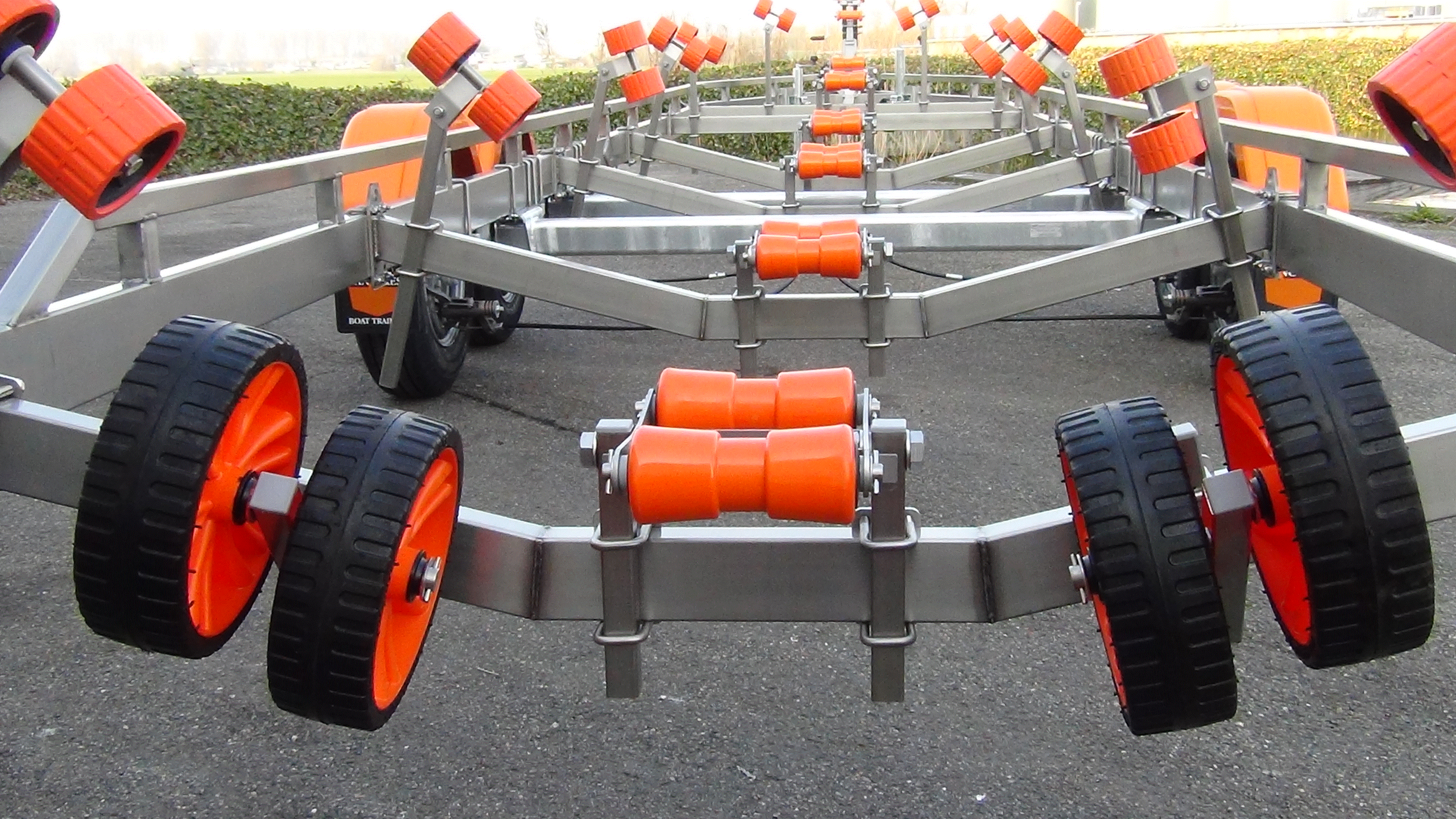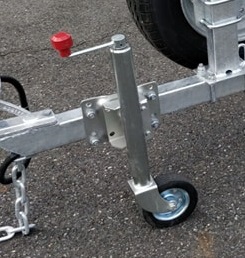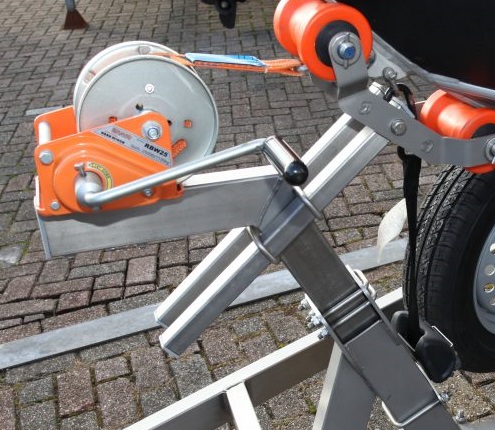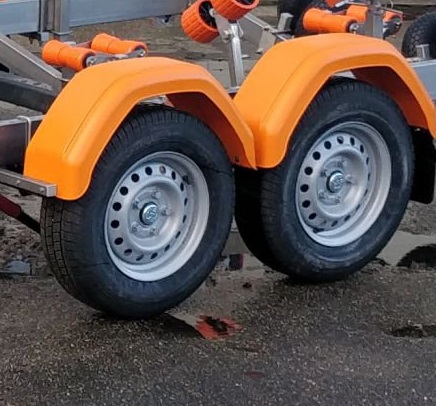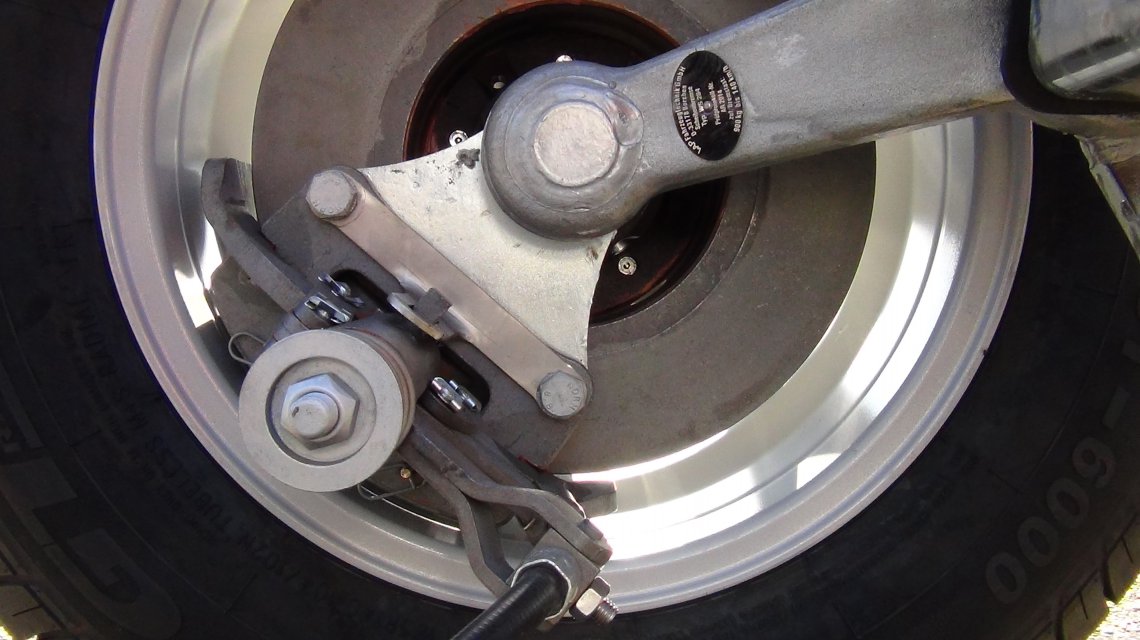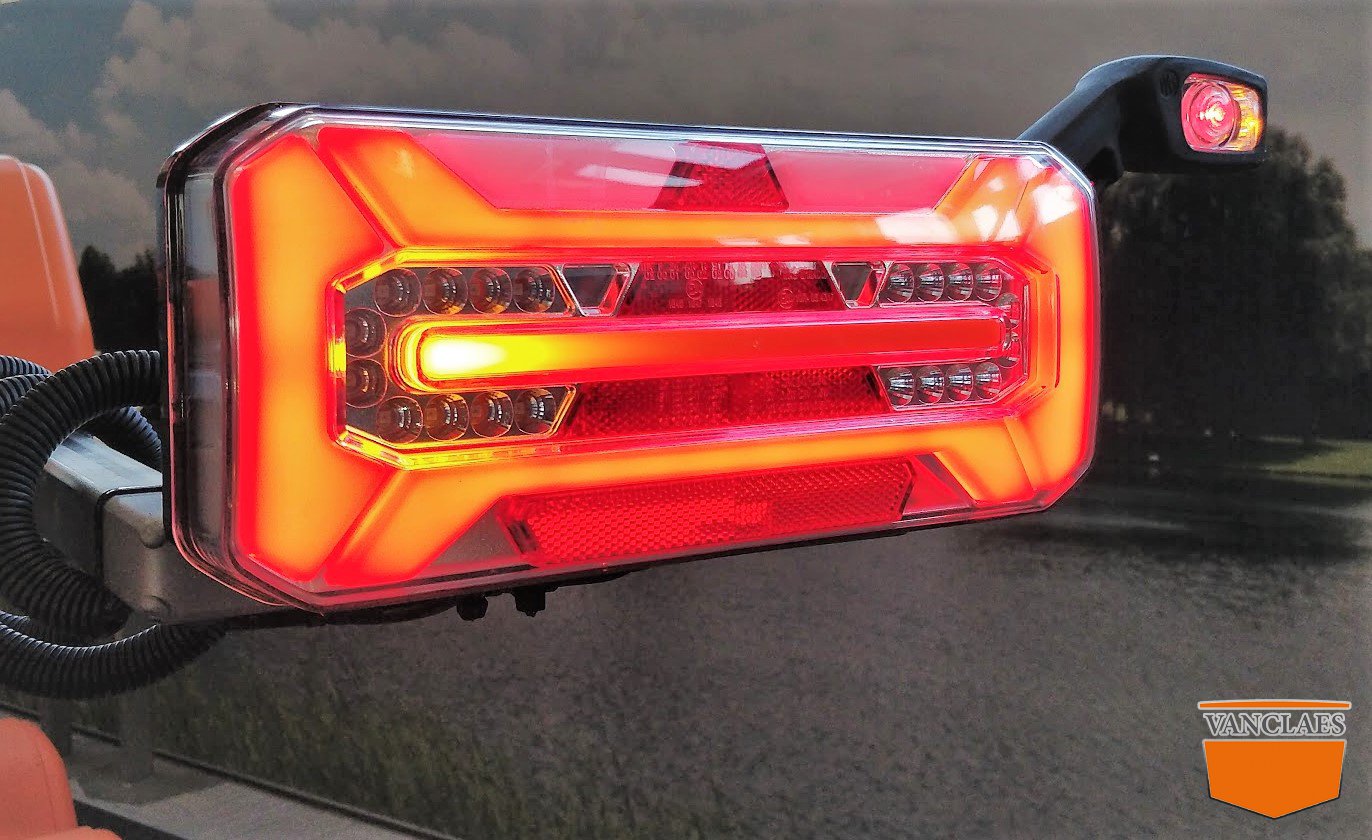Boating safety
At least 4,439 boating accidents occurred in 2021, resulting in 658 deaths and 2,641 injuries. These accidents are almost always preventable. The USCG statistics show that the following circumstances were the top 10 contributing factors in boating accidents:
Inattention
Inexperience
Improper lookout
Machinery failure
Excessive speed
Alcohol use
Force of wave
Navigation rules violation
Hazardous waters
Weather
This safety information is brought to you by Brown & Crouppen, read more on: brownandcrouppen.com
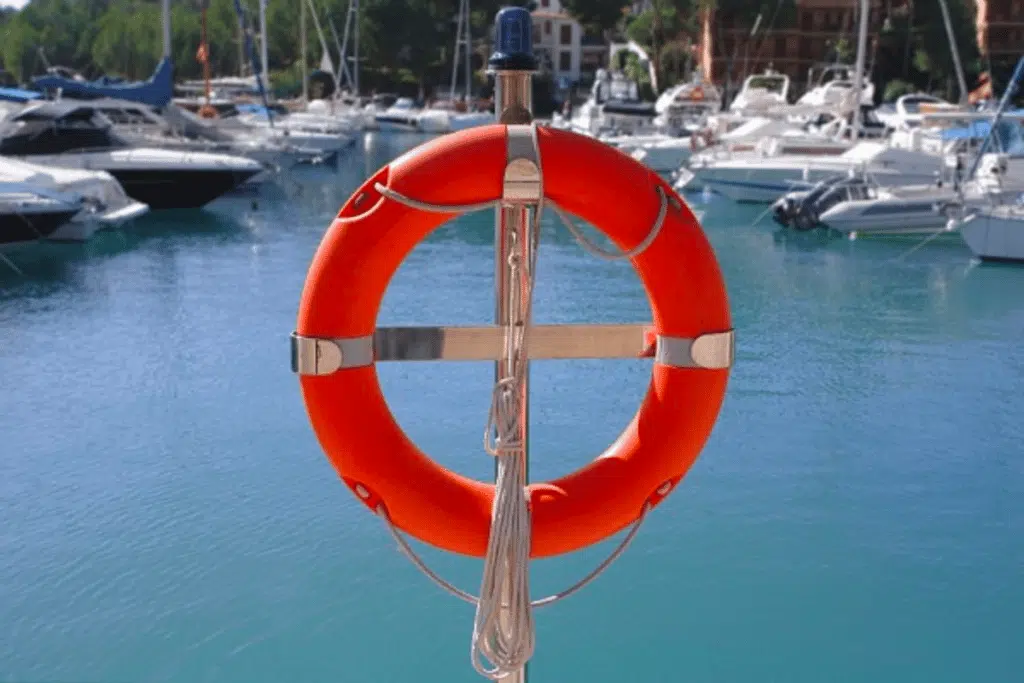
Boating equipment checklist
Emergencies can occur suddenly while you are on the water, and the proper equipment is crucial to ensuring the safety of everyone on board. The USCG recommends bringing the following equipment aboard every time you venture out onto the water. Some of this equipment is required by law:
Life jackets for each person
Personal flotation devices
Fire extinguishers
Visual distress signals
A sound-producing device
Ventilation ducts
Backfire flame arrestors
Anchors and chains
Buckets
Oar or paddles
First aid kit
VHF radio
Extra water and fuel
Tool kit
Sun protection
Flashlight
